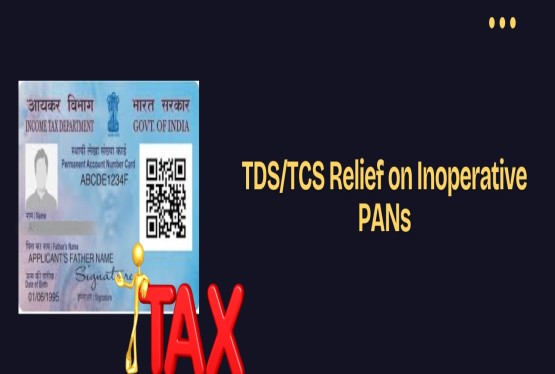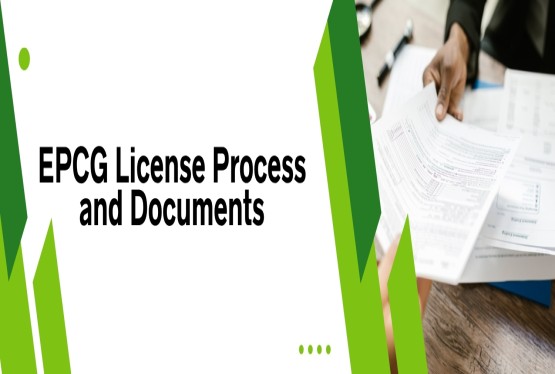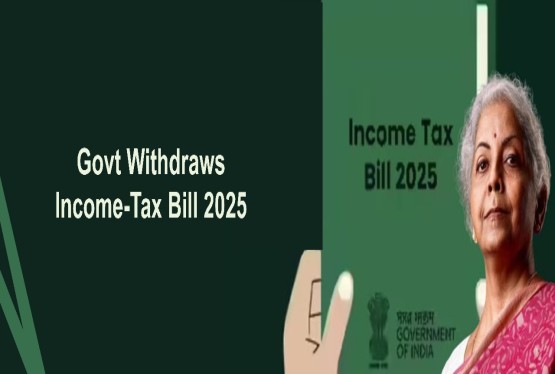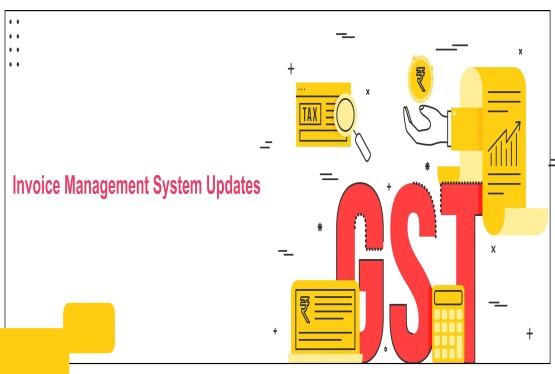GST State Code List and Jurisdiction play an important role in determining a taxpayer's place of business and applicable GST administration. When a business registers under GST, a 15-digit GSTIN is allotted, of which the first two digits indicate the State Code. This code helps authorities and businesses identify the jurisdiction and ensures proper tax compliance and return filings. Whether your business is in Karnataka's tech corridors or West Bengal's marketplaces, knowing your GST State Code is essential.
GST State Code Meaning
Each State and Union Territory (UT) in India has been assigned a unique numerical GST code. This GST State Code is the first two digits of the Goods and Services Tax Identification Number (GSTIN). For instance, if your GSTIN is 07ABCDE1234F1Z5, then '07' is the GST State Code, which represents Delhi. This classification is helpful in segregating GST returns, determining place of supply, and ensuring jurisdictional clarity for authorities and taxpayers.
Purpose of GST State Code in GST System
The GST State Code List and Jurisdiction simplify the process of tax administration. It provides a systemised format to identify taxpayers by location, assign correct jurisdiction, and allow the tax department to conduct assessments accordingly. It’s especially crucial while filing GST returns, generating e-invoices, and applying for new registrations. If the wrong State Code is entered, the GSTIN may not match the place of supply, leading to incorrect tax charges and compliance issues.
GST State Code List for 2025
Following is the updated GST State Code List for 2025 which is used for identification during GST registration and GST returns:
|
State Name |
State GST Code List |
|
Jammu & Kashmir |
01 |
|
Himachal Pradesh |
02 |
|
Punjab |
03 |
|
Chandigarh |
04 |
|
Uttarakhand |
05 |
|
Haryana |
06 |
|
Delhi |
07 |
|
Rajasthan |
08 |
|
Uttar Pradesh |
09 |
|
Bihar |
10 |
|
Sikkim |
11 |
|
Arunachal Pradesh |
12 |
|
Nagaland |
13 |
|
Manipur |
14 |
|
Mizoram |
15 |
|
Tripura |
16 |
|
Meghalaya |
17 |
|
Assam |
18 |
|
West Bengal |
19 |
|
Jharkhand |
20 |
|
Odisha |
21 |
|
Chhattisgarh |
22 |
|
Madhya Pradesh |
23 |
|
Gujarat |
24 |
|
Daman & Diu |
25 |
|
Dadra & Nagar Haveli |
26 |
|
Maharashtra |
27 |
|
Andhra Pradesh (Old) |
28 |
|
Karnataka |
29 |
|
Goa |
30 |
|
Lakshadweep |
31 |
|
Kerala |
32 |
|
Tamil Nadu |
33 |
|
Puducherry |
34 |
|
Andaman & Nicobar Islands |
35 |
|
Telangana |
36 |
|
Andhra Pradesh (Newly Added) |
37 |
|
Ladakh (Newly Added) |
38 |
|
Others Territory |
97 |
|
Center Jurisdiction |
99 |
Note: Post January 26, 2020, Dadra & Nagar Haveli and Daman & Diu were merged. The updated GST State Code for the merged UT is 26.
Examples for GST State Code Usage
When filing GST returns, the State Code is embedded into GSTIN and helps determine the location of the taxpayer. For example:
-
GSTIN 27ABCDF1234G1Z1 shows that the taxpayer is registered in Maharashtra (code 27).
-
GSTIN 10AAJCR2207E1Z2 shows registration from Bihar (code 10).
-
GSTIN 33BBBBB9999Z1Z6 represents Tamil Nadu (code 33).
Using the wrong GST State Code may result in misclassification of supply (intra vs inter-state) and cause issues in filing returns and claiming Input Tax Credit (ITC).
Classification of GST Jurisdictions
Jurisdictions under GST are of two types - State and Central. Each taxpayer is allocated a jurisdiction based on geographical location and turnover limits.
State Jurisdictions
These are controlled by respective state GST departments. They manage compliance, assessments, and notices for taxpayers under their purview. As per guidelines, 90% of taxpayers with turnover below Rs. 1.5 crore are under State jurisdiction.
Central Jurisdictions
These are managed by Central GST (CGST) authorities. They handle taxpayers based on a random allocation system. For turnover below Rs. 1.5 crore, 10% of the taxpayers fall under Central jurisdiction. For turnover above Rs. 1.5 crore, allocation is 50% between Centre and State.
The hierarchy includes zones, commissionerates, divisions, and range offices that function in a structured format. Stratified random sampling ensures fair allocation of jurisdictions.
How to Find GST Jurisdiction?
Finding the correct jurisdiction is important during GST registration and while responding to tax notices. Jurisdiction can be checked in the following ways:
1. Using GST Registration Certificate: The GST Certificate (Form REG-06) issued upon registration clearly mentions the name of both Central and State jurisdictions. It is available for download from the GST portal under the login section.
2. For State Jurisdiction: Most State Commercial Tax websites host detailed jurisdiction lists. These are categorised by districts, wards, and divisions. For example, Karnataka’s jurisdiction can be checked via [http://gstkarnataka.gov.in/Jurisdiction.html]. This portal shows region-wise breakup for tax officers and taxpayer’s location-based jurisdiction.
3. For Central Jurisdiction Visit the CBIC portal for central jurisdiction information. Steps:
-
Select the state
-
Choose applicable zone
-
Click on your commissionerate
-
Then select your division/sub-division
-
Finally, find your range office
Correcting GST Jurisdiction
Mistakenly selected jurisdiction can be corrected by submitting a request to the administrative or IT cell of the respective State GST department. This is necessary to ensure proper handling of queries, compliance verification, and assessments. Correct jurisdiction also ensures smooth operations during audits and refunds.
Where GST State Code is Required
-
During GST Registration: Correct GST State Code must be selected in the registration application to generate accurate GSTIN. This helps in identification, assessment, and communication with relevant GST officials.
-
On GST Invoice: All invoices must contain GSTINs of supplier and buyer. The State Code within GSTIN helps identify the place of supply. If a wrong State Code is mentioned, it may result in incorrect tax type – CGST/SGST for intrastate vs IGST for interstate – and may invalidate the invoice.
-
For e-Invoicing: Businesses required to generate e-invoices must input correct GSTIN details. An incorrect GST State Code can cause the IRN (Invoice Reference Number) to be cancelled. This results in the need to reissue the invoice, causing delays and reconciliation issues.
-
While Filing GST Returns: In GSTR-1 or IFF, taxpayer reports invoice-wise details including GSTIN of buyer. If GSTIN with wrong State Code is entered, the wrong taxpayer may get ITC benefit. It also disturbs the auto-population in GSTR-2A/2B of the actual buyer. Hence, accurate use of GST State Code is important.
Conclusion
GST State Code List and Jurisdiction is a vital concept in India’s GST system. It ensures proper taxpayer classification, jurisdictional allocation, and compliance management. From registration to invoicing and return filing, knowing your GST State Code is essential. Any error can lead to compliance hurdles, incorrect tax computation, or delay in return processing. Hence, understanding, verifying, and applying the correct GST State Code must be a priority for every business.
Stay updated with your correct jurisdiction and always verify the GST State Code from the registration certificate or official portals to remain GST-compliant in 2025. Or you can connect with Compliance Calendar LLP Experts through main at info@ccoffice.in or Call/Whatsapp at +91 9988424211.
FAQs
Q1. What is the GST State Code in GSTIN and why is it important?
Ans. The GST State Code is the first two digits of a GSTIN (Goods and Services Tax Identification Number). It indicates the State or Union Territory in which the taxpayer is registered. This code helps determine the jurisdiction, facilitates accurate filing of GST returns, and ensures the correct application of tax based on the place of supply.
Q2. Where can I find my GST State Code?
Ans. You can find your GST State Code on your GST registration certificate (Form REG-06) issued by the GST portal. It is also the first two digits of your 15-digit GSTIN. For example, if your GSTIN is 29ABCDE1234F1Z5, the number 29 indicates Karnataka.
Q3. What is the GST State Code for newly formed Union Territories like Ladakh?
Ans. As per the GST State Code List for 2025, Ladakh has been assigned the GST State Code 38. This change ensures that taxpayers from Ladakh are registered and assessed separately from Jammu & Kashmir (code 01).
Q4. How do I find my GST jurisdiction if I don’t know it?
Ans. You can find your GST jurisdiction by visiting the official website of your State GST department or by using the CBIC’s ‘Know Your Jurisdiction’ tool at https://cbic-gst.gov.in/cbec-portal-ui/?knowYourJuris. You’ll need to enter your State, Zone, Commissionerate, and Division to locate your range office.
Q5. What should I do if I selected the wrong jurisdiction during GST registration?
Ans. If you have incorrectly selected the jurisdiction while registering for GST, you should contact the GST officer of your current jurisdiction or approach the administrative cell of your State GST department. They will guide you on submitting a request for correction.
Q6. How does GST State Code affect GST invoices and returns?
Ans. The GST State Code determines the location of the buyer or seller in the GSTIN. If the wrong State Code is used in invoices or returns (GSTR-1 or IFF), it may result in misclassification of supply and incorrect tax application (IGST vs CGST/SGST), leading to errors in Input Tax Credit (ITC) for the buyer.
Q7. Is there any difference between Central and State GST jurisdictions?
Ans. Yes, taxpayers are divided between Central and State jurisdictions. Those with turnover below Rs.1.5 crore are mostly under State jurisdiction (90%), while the rest fall under Central. For taxpayers with turnover above Rs.1.5 crore, jurisdiction is shared equally (50:50) between State and Centre, as per CBIC’s guidelines.
Q8. Why is it important to use the correct GST State Code in e-invoicing?
Ans. Using the correct GST State Code in e-invoicing is critical because an incorrect code can cause mismatch in place of supply, lead to invalid Invoice Reference Number (IRN) generation, and even require cancellation and reissuance of the invoice. It may also affect compliance and reconciliation of returns.








_crop10_thumb.jpg)




































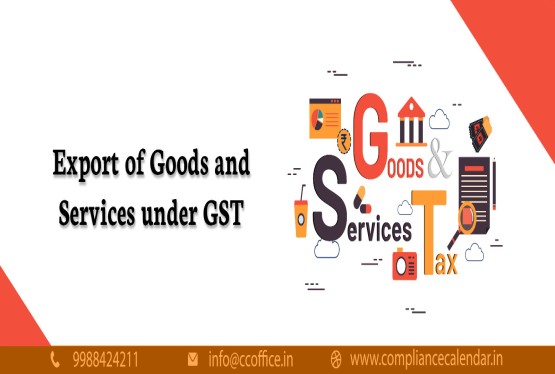













































_for_FY_2025-26_crop10_thumb.jpg)



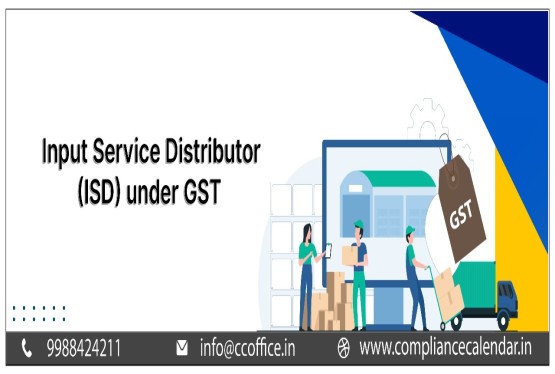








_learn_crop10_thumb.jpg)








_Filing_Due_Dates_for_FY_2024-25_learn_crop10_thumb.jpeg)
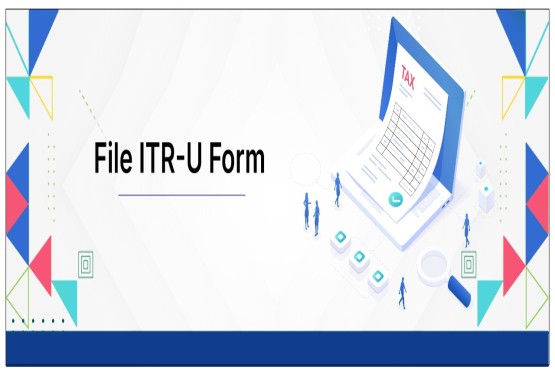

























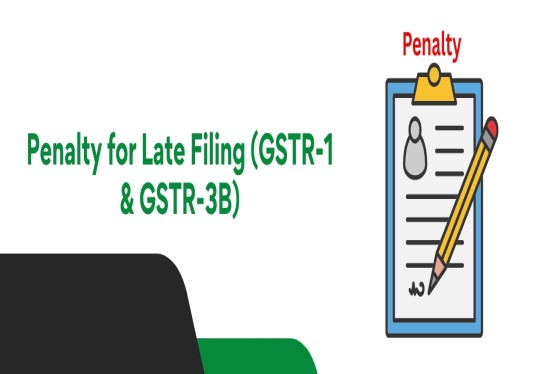












_of_GST_Act_learn_crop10_thumb.jpg)










_Under_GST_learn_crop10_thumb.jpg)









_crop10_thumb.jpg)


_crop10_thumb.jpg)






_learn_crop10_thumb.jpg)






















_of_the_Income_Tax_Act_learn_crop10_thumb.jpg)



_learn_crop10_thumb.jpg)
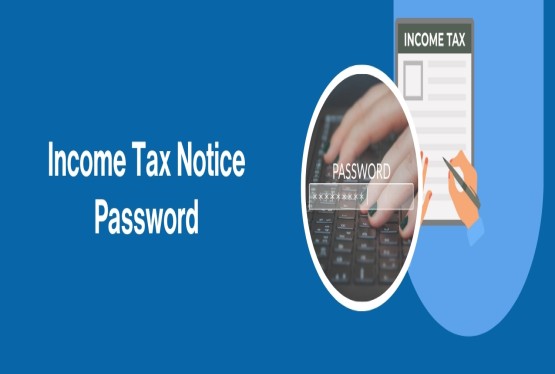





_learn_crop10_thumb.jpg)






_crop10_thumb.jpg)




















_in_The_Income_Tax_Act,_1961_learn_crop10_thumb.jpg)



_learn_crop10_thumb.jpg)



_of_the_Income_Tax_Act_learn_crop10_thumb.jpg)


_Of_Income_Tax_Act_learn_crop10_thumb.jpg)








_learn_crop10_thumb.jpg)








_learn_crop10_thumb.jpg)
_crop10_thumb.jpg)





















_learn_crop10_thumb.jpg)
_for_Import_and_Export_learn_crop10_thumb.jpg)











